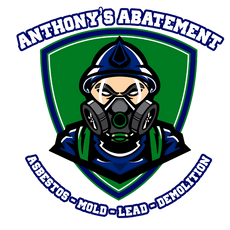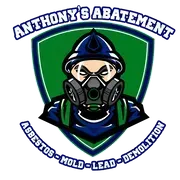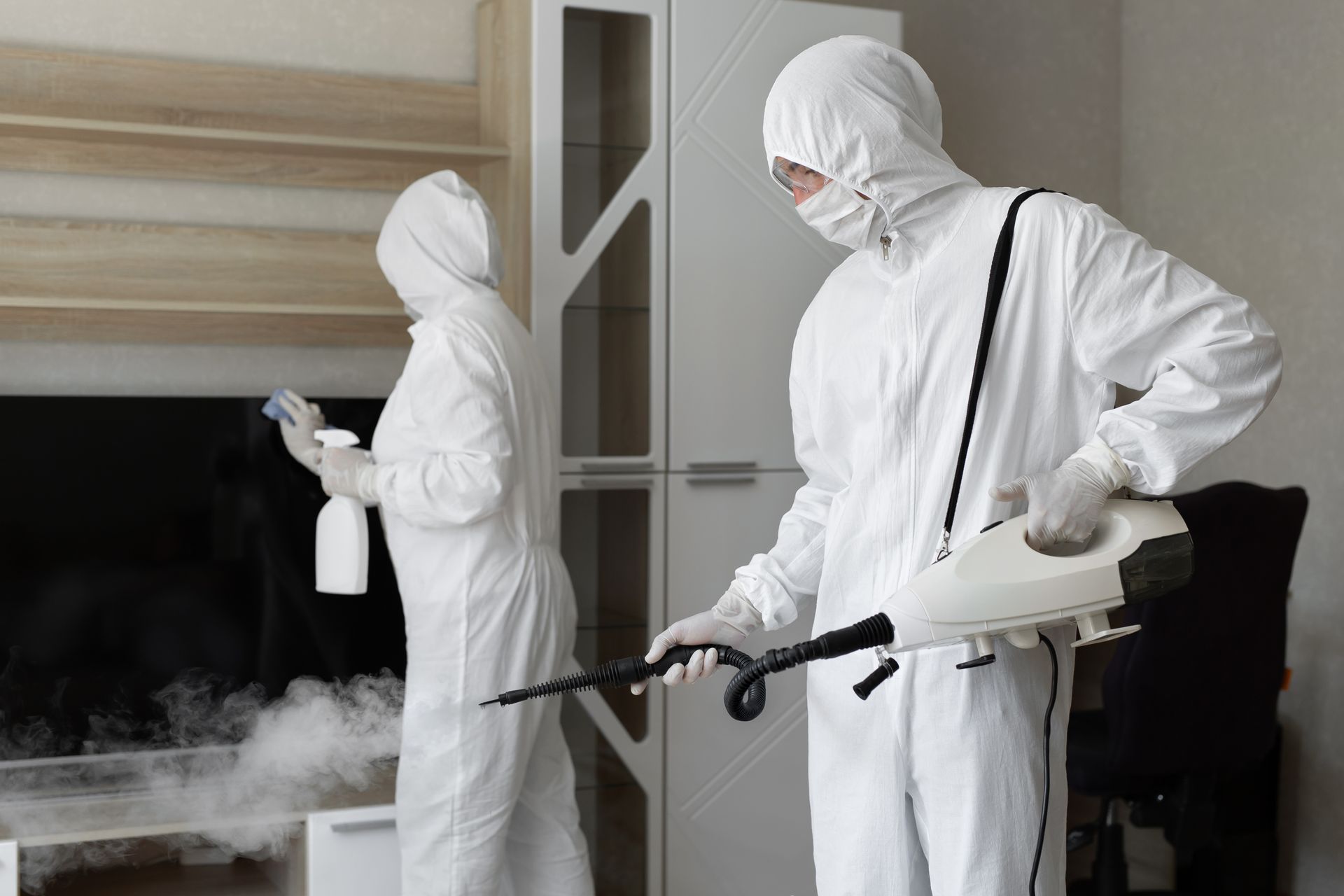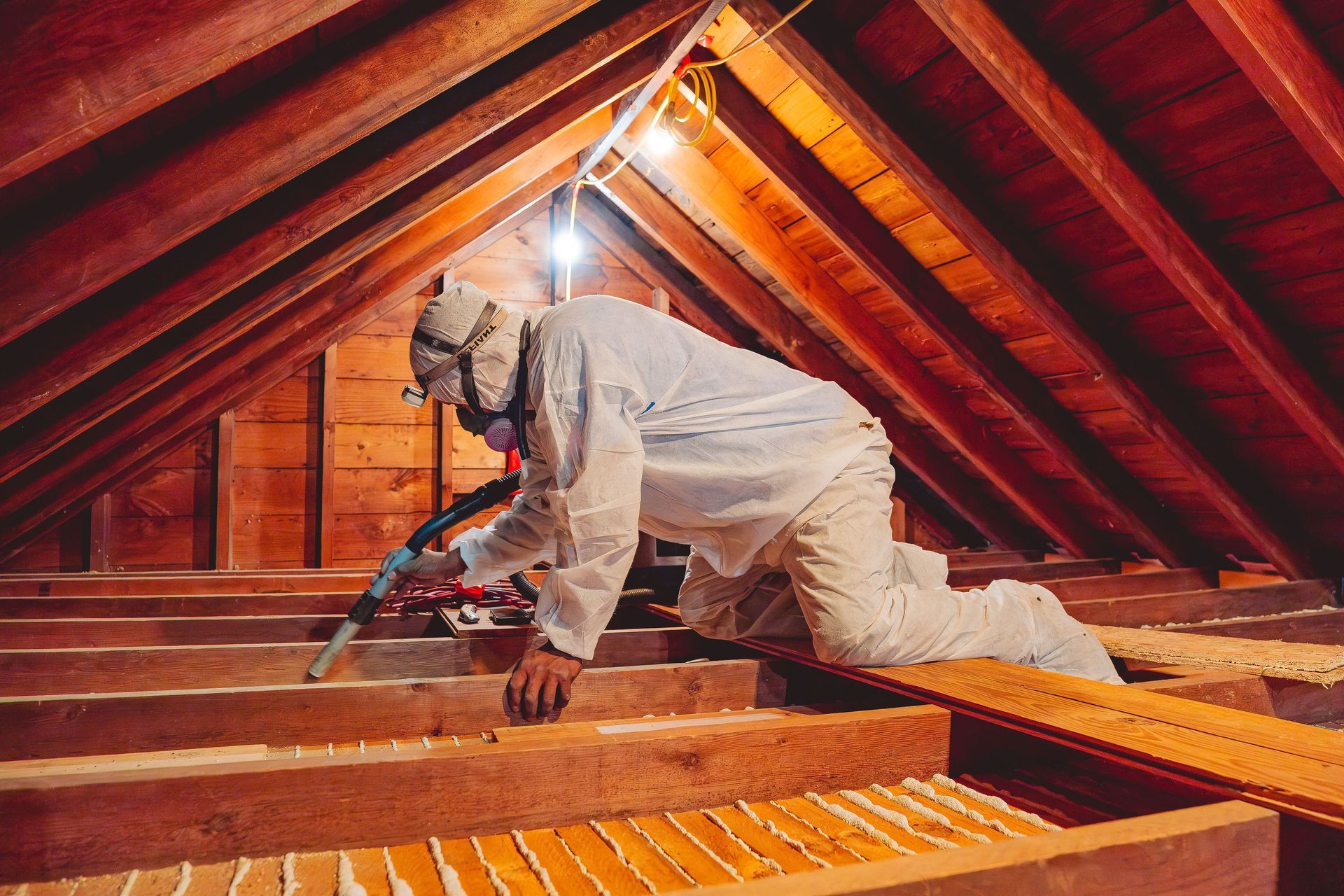Best Practices for Safe Lead Based Paint Removal
Removing lead based paint removal is essential for maintaining a healthy home, especially if you live in an older property. This article covers how to safely identify, remove, and manage lead paint, ensuring you protect your health and follow legal requirements.
Key Takeaways
- Approximately 30 million homes in America contain lead-based paint, posing serious health risks, especially in homes built before 1978.
- Identifying and addressing lead-based paint through professional or safe DIY methods is critical for ensuring a safe living environment.
- Compliance with EPA regulations and waste management standards is essential during lead paint removal to protect health and adhere to legal requirements.
Understanding Lead Based Paint
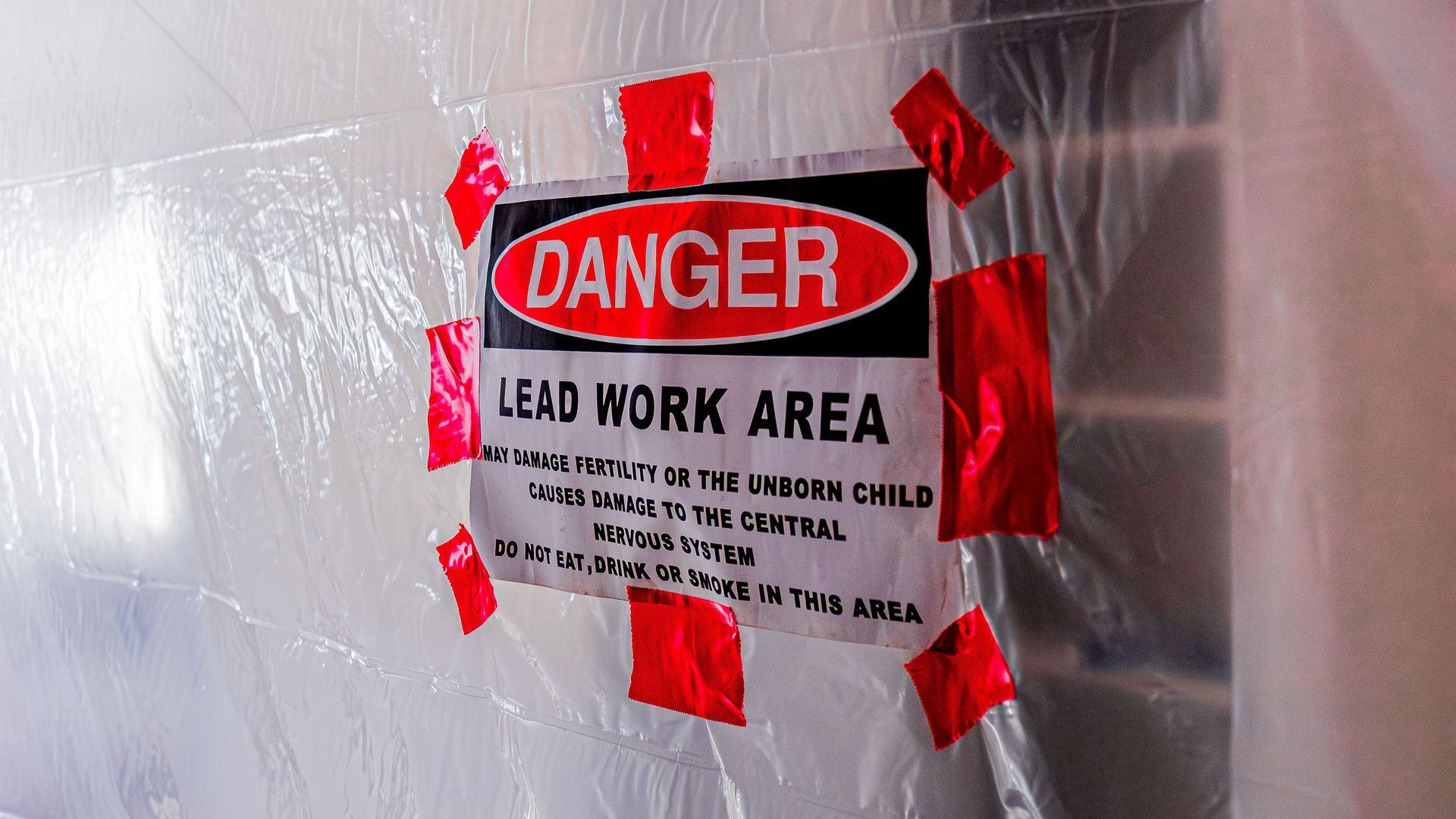
Lead-based paint was commonly utilized in homes until 1978, despite its known health risks. This type of paint was favored for its durability and moisture resistance, but the hidden dangers of lead exposure often went overlooked. The lead industry historically engaged in campaigns to cast doubt on these dangers, impacting public policy and delaying crucial safety regulations for years. As a result, many older homes still harbor this lurking hazard, including those with lead based paints.
Despite the eventual ban on lead in consumer products, approximately
30 million homes in America still contain lead paint. The risks associated with this paint are particularly insidious; lead can cause severe health problems, including brain damage and kidney damage, especially when the paint deteriorates and releases hazardous lead dust or paint chips. The mere act of disturbing lead-based paint through renovation can expose individuals to these health risks.
Approximately 75% of U.S. housing built before 1978 contains some form of lead-based paint. Understanding and addressing lead paint issues are crucial for homeowners. Whether planning a renovation or ensuring a safe living environment, awareness of potential dangers and necessary precautions is vital.
Identifying Lead Based Paint in Your Home
Identifying lead-based paint is the first step toward a safe environment. Older homes, especially those built before 1978, are more likely to have lead-based paint. Start with a thorough visual inspection, looking for peeling, chipping, or flaking paint, which are telltale signs of potentially hazardous lead-based paint. If you disturb lead based paint, it can release harmful lead dust into the air.
To confirm the presence of lead, dust wipe sampling can be employed. This method involves collecting samples from surfaces like floors and windowsills and testing them for lead contamination.
Identifying lead-based paint is important for both health and regulatory compliance, especially during renovations or home sales. Taking these steps helps protect your family from lead exposure dangers.
Professional vs. DIY Lead Based Paint Removal
Deciding between professional and DIY lead paint removal is a significant consideration. Lead-safe certified firms are trained to handle lead paint safely, using specialized tools and protective gear to minimize lead dust exposure risks. These professionals ensure that the removal process is both effective and safe.
On the other hand, DIY lead paint removal can be risky. Without the proper knowledge and equipment, homeowners may inadvertently expose themselves and their families to hazardous lead dust. The cost of professional
lead paint removal can range from $8 to $17 per square foot, depending on the extent of contamination. While this might seem expensive, the investment is worth the peace of mind and safety it brings.
For those opting for DIY, using safe methods like methylene chloride-free chemical strippers or encapsulation is crucial. However, due to potential health risks and job complexity, hiring lead-safe certified contractors is often the best choice to meet safety standards and protect your household from dangerous lead dust.
Safe Methods for Removing Lead Based Paint
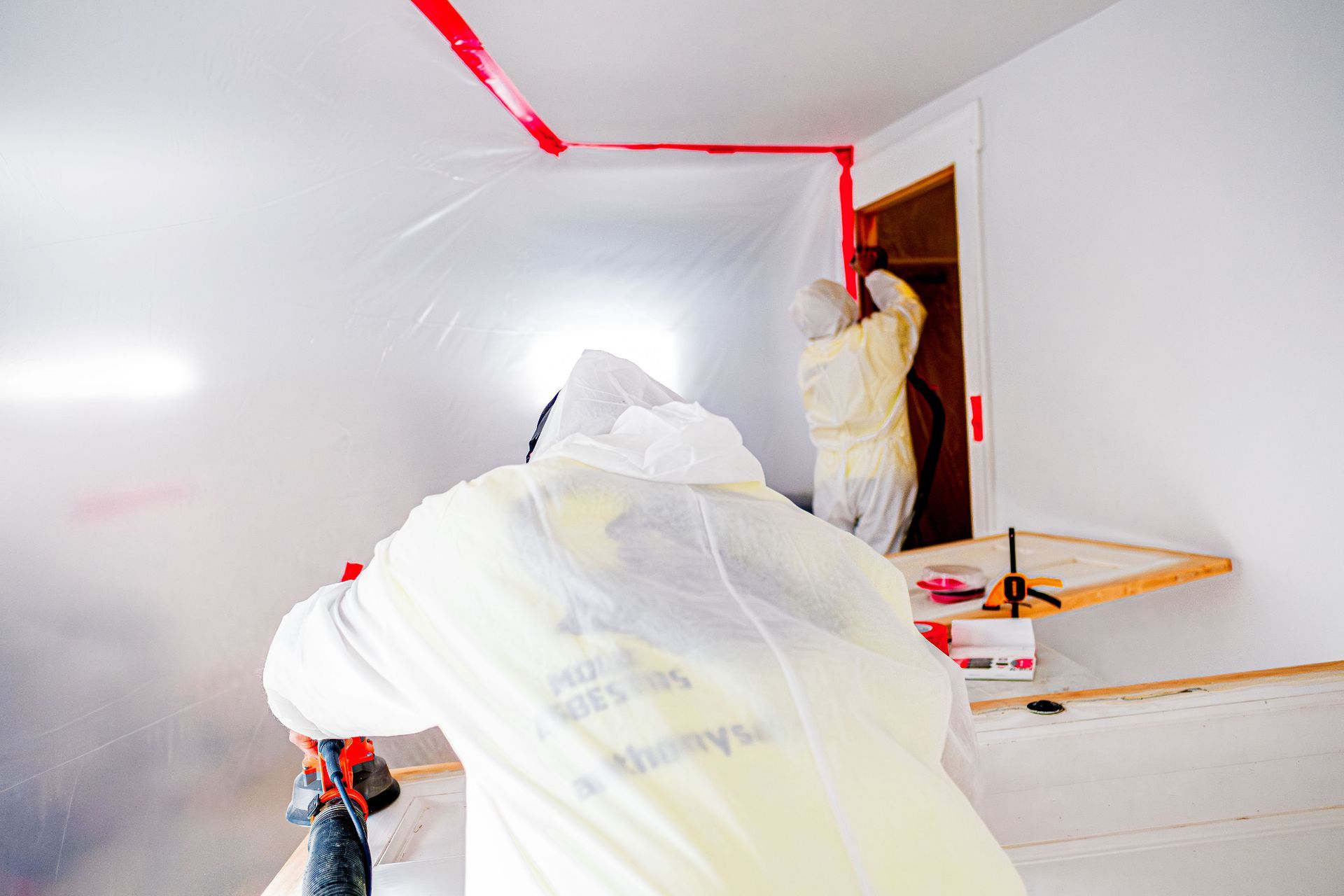
Removing lead-based paint requires careful method selection. The three primary methods—encapsulation, enclosure, and complete removal—each have specific advantages and applications. Choosing the right approach depends on the paint’s condition and the project’s specific needs.
Encapsulation involves applying a special coating to seal the lead paint, preventing flaking and dust release. Enclosure covers the lead paint with new materials, isolating it. Complete removal thoroughly strips away the lead paint from surfaces.
Each method has its place, and understanding their nuances is key to effective lead paint management.
Encapsulation
Encapsulation is effective for managing lead paint, especially on surfaces in good condition. This process involves applying a polymer-based, epoxy, or polyurethane coating to seal the paint, preventing flaking and hazardous dust release.
Costing between $1 to $4 per square foot, encapsulation is an attractive option for many homeowners.
However, it’s crucial to ensure that the encapsulant is suitable for use over lead paint by checking the product label. This method is particularly beneficial for high-friction areas like window sills and door frames, where the paint is more likely to deteriorate.
Encapsulation allows homeowners to manage lead paint hazards effectively without extensive removal.
Enclosure
Enclosure is practical for dealing with lead paint, particularly in areas with poor paint condition or high wear and tear. This technique covers the existing lead paint with new materials like drywall or cladding, effectively isolating the hazard.
Thorough surface preparation is required to ensure proper adhesion and a durable barrier. Enclosure is particularly useful in child-occupied facilities and preschools built before 1978, where maintaining a safe environment is paramount.
Enclosing lead paint helps prevent exposure while maintaining home integrity.
Complete Removal
Complete removal is the most thorough method but requires the most effort and caution. This involves entirely stripping away the lead paint using methods such as wire brushing or wet hand scraping with liquid removers to remove lead paint. Surface preparation is critical to ensure the area is clear of debris and hazardous materials.
Proper procedures must be followed for disposing of lead-contaminated materials to comply with environmental standards. Complete removal is often necessary for areas with severely deteriorated paint or where future renovations will disturb the existing paint.
Although labor-intensive, complete removal eliminates the lead hazard entirely, ensuring a safe and lead-free environment.
Lead Safe Work Practices
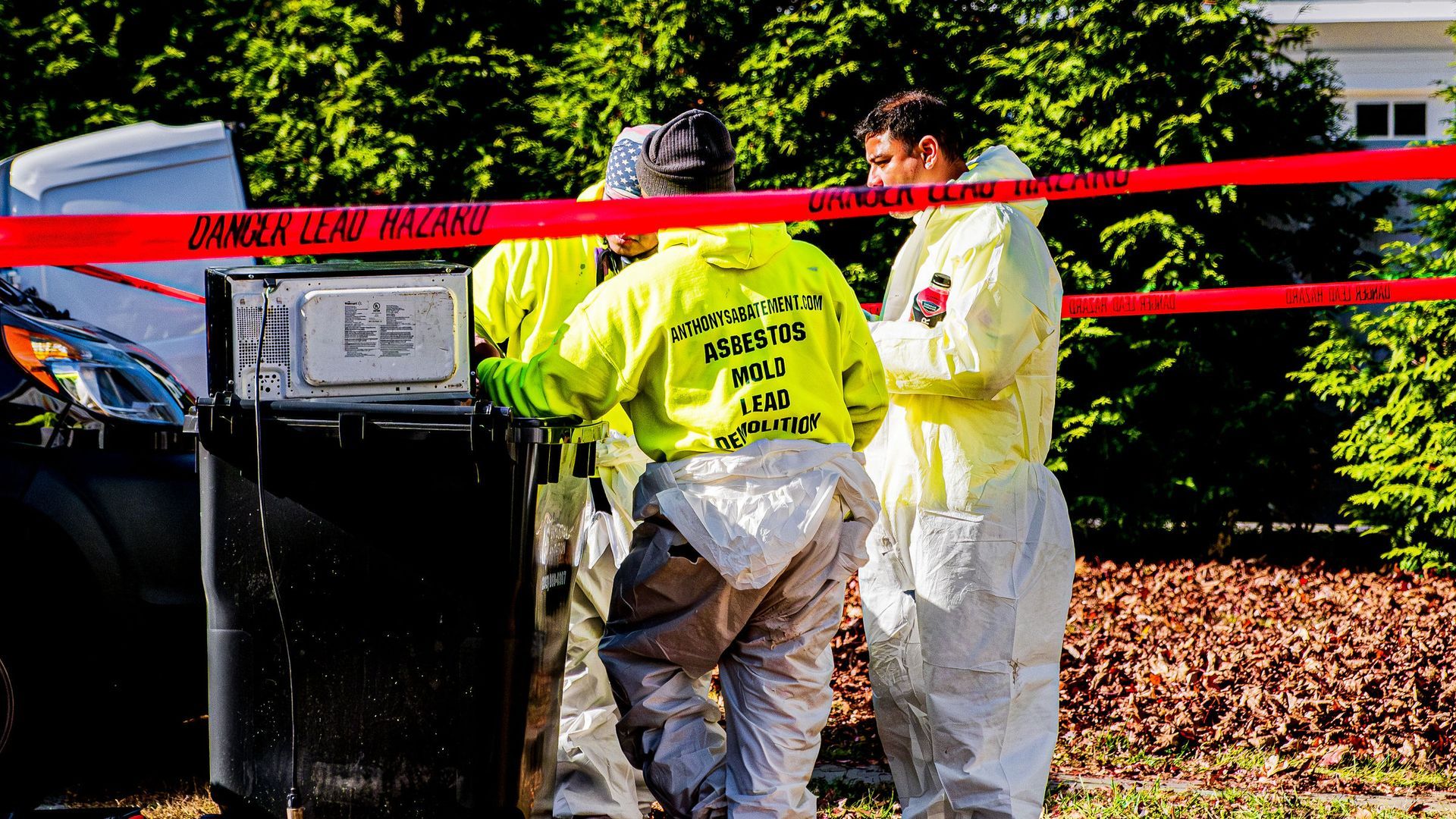
Lead-safe work practices are crucial during any lead paint removal project. Wearing
protective gear like gloves, goggles, and a respirator can significantly reduce lead dust intake. Work-area containment, such as sealing off the area with plastic sheeting and turning off HVAC systems, prevents lead dust from spreading.
Certain practices, like open-flame burning and using power tools without HEPA exhaust, are prohibited to minimize lead hazard exposure. Thorough cleanup and verification procedures must ensure the work area is free from lead hazards. Using warm water and a sponge for post-removal cleaning can effectively wipe away lead dust.
Relocating children and pregnant women from the work area is crucial to reduce their exposure risk.
Health Risks and Symptoms of Lead Exposure
Lead exposure poses significant health risks, especially for vulnerable populations like children and pregnant women. Deteriorating paint can cause severe health issues, including brain and kidney damage. In
2013, an estimated 500,000 children in the U.S. aged 1 to 5 were at risk of lead poisoning, highlighting the need to address lead paint hazards.
Detecting lead poisoning is challenging, as symptoms often don’t manifest until significant lead accumulation occurs. Symptoms may include headaches, joint pain, mood disorders in adults, and developmental issues in children.
Lead poisoning is diagnosed through a blood test, making regular screening essential for those in older homes. Understanding the risks and symptoms helps homeowners take proactive steps to protect their families.
Legal Requirements and EPA Guidelines
Compliance with legal requirements and the EPA’s lead RRP rule is crucial for safe lead paint removal. The
EPA’s Lead Renovation, Repair, and Painting (RRP) Rule applies to renovations in homes built before 1978, mandating that only lead-safe certified contractors perform such work to prevent lead exposure risks.
Certified renovators must undergo lead-safe training and follow strict protocols to minimize exposure. Before starting work, firms are required to provide the EPA’s lead hazard information pamphlet to affected families, including information on lead abatement.
Hiring certified professionals ensures compliance with local and federal regulations, safeguarding health and avoiding legal repercussions.
Waste Management and Disposal
Proper waste management and disposal are crucial for lead paint removal. Collect lead paint chips, dust, and debris in sealed plastic bags for safe disposal. Store larger lead-based paint materials in containers until disposal, with a covered dumpster recommended for temporary storage.
Disposal of lead-contaminated materials must comply with the Environmental Protection Agency standards to prevent contamination. Proper waste management practices protect health and ensure legal compliance, making them vital for any lead paint removal project.
Tips for Minimizing Lead Dust Exposure
Minimizing lead dust exposure is critical during and after lead paint removal. Preventive measures such as sealing off rooms and using protective gear help manage lead dust effectively. Reducing family exposure to lead paint before removal is crucial for household safety.
Using wet techniques for paint removal and thorough cleaning afterward can significantly reduce lead dust generation. Following these tips ensures a safer environment during the lead paint removal process.
Summary
In summary, safe lead paint removal is a multifaceted process that requires careful planning and execution. From identifying lead-based paint to choosing the right removal method and following lead-safe work practices, every step is crucial to protect your health and safety. By understanding the risks and adhering to legal guidelines, homeowners can effectively manage lead paint hazards and ensure a safe living environment.
